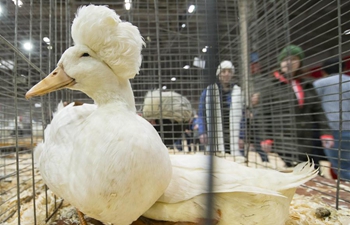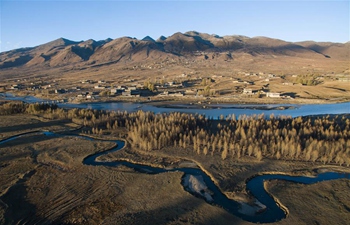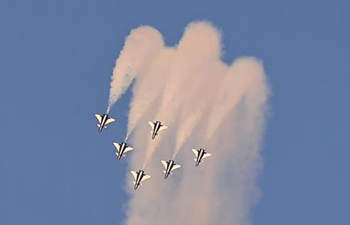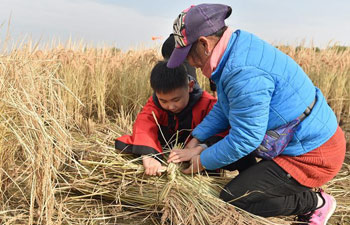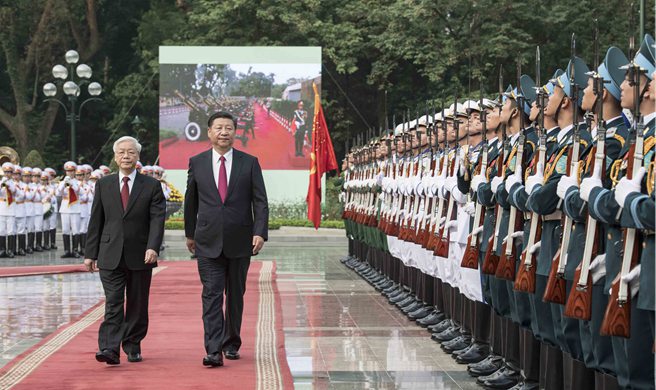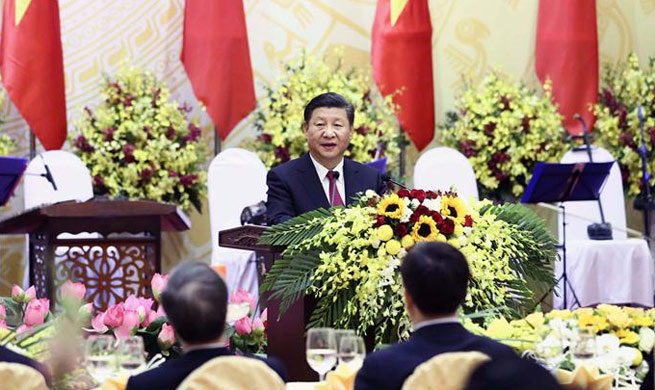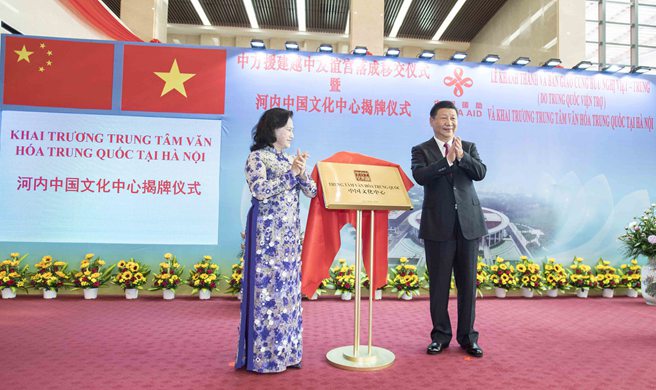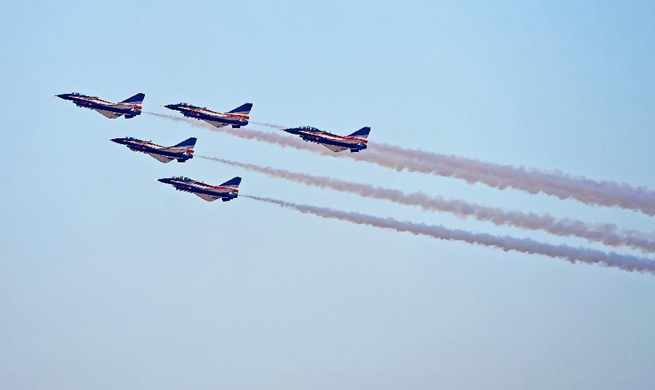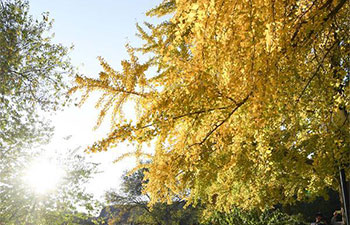by Abdul Haleem
KABUL, Nov. 13 (Xinhua) -- A new technology to plant, produce, process and export high-quality saffron has been set up by a Chinese businessman in Afghanistan, a country still notorious for growing opium-producing poppies for the illicit drug trade.
Following the collapse of the Taliban reign in Afghanistan and serious demand from the international community for the Afghan government to check poppy cultivation in the poverty-stricken country, farmers in parts of the western Herat province have begun replacing poppies with saffron and the practice has been gradually extending to other parts of the country.
However, growing opium poppies and hashish is still rampant in militancy-plagued Afghanistan and the government has yet to eradicate poppy farming and overcome the war on illicit drugs.
The suitable weather conditions for growing saffron in Afghanistan, according to Chinese businessman Jia Dongdong, drew his attention to invest in saffron fields and use a new technology to produce high quality saffron here.
"The appropriate weather conditions here mean we can invest in the saffron industry and by using new Chinese technology, we can grow, produce and distribute the highest-quality saffron in the world," Jia, who serves as vice president for the firm Afghanistan Band-e-Amir Saffron Co. Ltd., told Xinhua recently.
The joint venture between Afghanistan Band-e-Amir Saffron Co. Ltd. with a local company, the Afghan Apple Agricultural Union, has seen work to cultivate and produce high-quality saffron and introduce it to international markets since the collaboration went operational in July this year.
Fighting the poppy trade in the poverty-battered nation is another ambitious plan of the newly-established saffron company in Afghanistan. Jia said the company would help farmers to give up their poppy plantations and replace them with legal saffron crops.
"As I heard that many Afghan farmers are involved in growing poppies, which is damaging the country's image, I thought that by producing high-quality saffron through the use of new technology, farmers could be encouraged to replace poppies with saffron," said the Chinese businessman.
He added that this would also help the nation to tackle its jobless situation and that saffron is a highly-valued plant with a good market in China.
The Kabul based Band-e-Amir Saffron Co. Ltd. has four Chinese staff and 15 Afghan workers, including 12 women, working on three acres of saffron land on the southwestern edge of Kabul city.
Fatima, 56, while saying she was satisfied with her new job, explained that she was paid on a daily basis.
Saffron, according to the Afghan Ministry of Agriculture, Irrigation and Livestock, is cultivated in 30 out of 34 provinces on a total area of around 2,800 hectares involving approximately 18,000 farmers, providing them with a total of 765,000 workdays.
In the fall of 2016, the total yield from saffron cultivation was estimated to be 6,000 kg, with the total area suitable for growing the corms in Afghanistan estimated to be between 15,000 to 20,000 hectares with a total yield potential of between 60,000 and 80,000 kg.
This, according to officials figures, could net potential revenue of between 108 and 144 million U.S. dollars each year.




